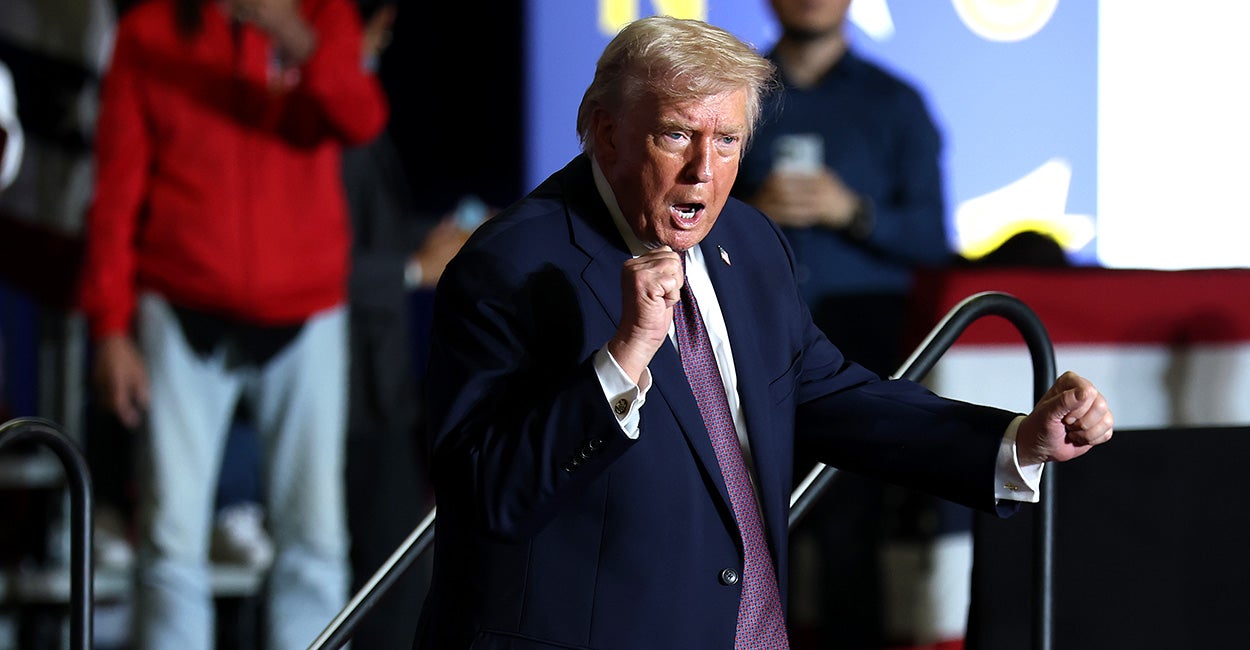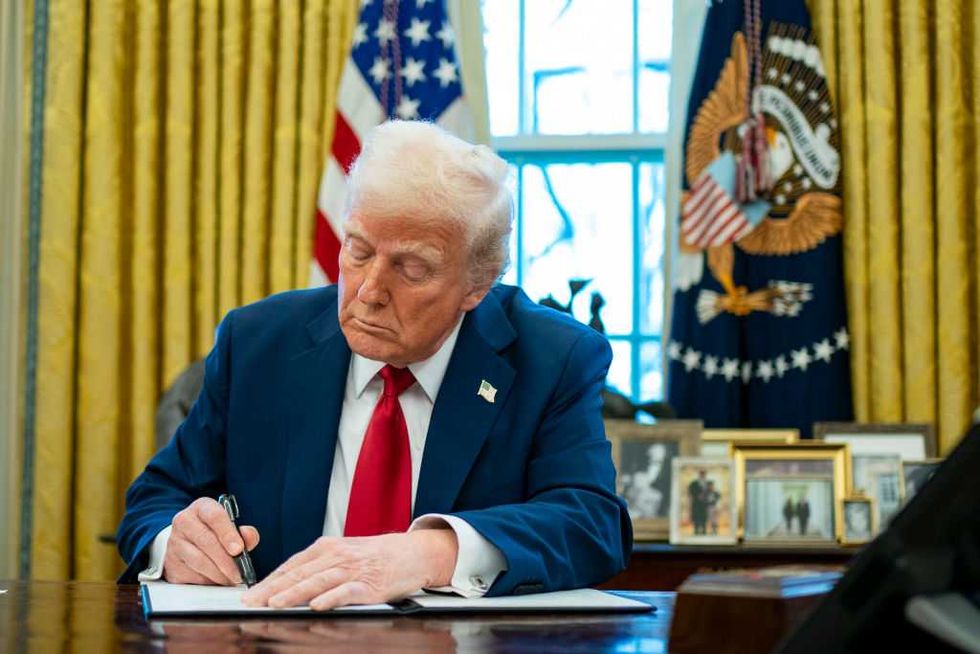Countdown to 2027: What Beijing’s Military Moves Say About China’s Intentions

Last year, the Department of War warned that China could be ready to invade Taiwan as early as 2027. Now, the People’s Liberation Army is actively gauging rivals’ military capabilities and updating its plans accordingly.
Live Your Best Retirement
Fun • Funds • Fitness • Freedom
For the Chinese military, “using the enemy to train the troops”—“nadi lianbing”—is a deliberate strategy—one China increasingly adopts toward Taiwan. China continues to pressure Taiwan with an increasing military presence in the island’s exclusive economic zone and past the median line, or midpoint, between the two countries.
Before the August 2022 trip to Taiwan by then-Speaker of the House Nancy Pelosi, D-Calif., the highly provocative midline crossings had only occurred a handful of times going back to the 90s. But since then, China has averaged just 10.9 median line crossings daily for 2022. Today, that average has increased to just under 13 per year.
Over the past few years, research from The Heritage Foundation has shown rising trends of Chinese military activity and more comprehensive military exercises, typically peaking during the summer months.
July Surge Confirms Expectations, But August Brings an Unusual Dip in Activity:
Heritage previously predicted that the PLA would maintain or escalate its high operational tempo into the fall. This was predicated on recent trends, assuming the PLA would continue to test and strain Taiwan’s political cohesion and erode Taipei’s military resolve.
These expectations were accurate for July.
Throughout July, PLA military activity around Taiwan reached its highest 30-day average of the year. Notable spikes occurred on July 2–3, with 94 PLA aircraft sorties and 67 median line crossings, and on July 17, which recorded 58 sorties and 45 crossings—the highest single-day figures of the summer.
This surge coincided with Taiwan’s July Han Kuang military exercise, held from July 9–18, which was significantly lengthened from its typical five-day format this year.
On July 17, Taiwan conducted a simulation of PLA attacks on the Matsu Islands, located just off China’s Fujian coast, which could explain the high PLA military activity on that day—historically, such exercises also coincided with increased PLA activity. During last year’s annual exercise, for example, PLA activity reached a new record high with 74 sorties and 23 median line crossings across the 5-day period.
Surprisingly, though, August recorded lower levels of military activity compared to July, with 510 PLA aircraft sorties and 331 median line crossings. These figures were consistent with activity seen in May and June, but notably lower than the same time last year, which saw 640 sorties and 368 crossings—a reduction of 20% in overall activity and drop of 10% in provocative median line crossings this year.
What changed? The reduction in activity is likely a direct consequence of ongoing trade negotiations, which have been delayed until Nov. 10, with Beijing likely seeking to impress Washington of its good intentions and willingness to tone things down if it gets the trade deal it wants.
View a data visualization from The Heritage Foundation here: https://datavisualizations.heritage.org/defense/chinese-military-activity-near-taiwan
Military activity in September showed greater fluctuation compared to August, with a notable dip around Sept. 9—marked by a 30-day average of 14.6 aircraft and a median of 8.6 crossings—followed by a spike around Sept. 16, when the 30-day average rose to 17.9 aircraft and 12 median crossings. This appears to coincide with the 80th session of the United Nations General Assembly, which opened on Sept. 9 and continued to Sept. 28. Another occasion when Beijing is likely trying to portray itself as a reasonable player in the region.
Despite this, the data and past behavior point to a return to increased activity through October.
We are a little over a year out from the deadline Xi Jinping set for when he wanted the Chinese military to be capable of invading Taiwan. As China continues to seek “the rejuvenation of the Chinese nation,” we can expect military activity to return to past levels. Although August military activity was lower than last year, the overall rate of activity over the last 5 years has persistently increased. China appears committed to sustaining military pressure, and further provocations are expected to come.

Regional Tensions Mount as PLA Projects Power Beyond the Strait:
On Sept. 3, China celebrated the 80th anniversary of the end of WWII with a 12,000 troop parade. This large-scale military demonstration showcased the paramount role the PLA continues to play in Chinese nationalism. And on Oct. 1, the nation celebrated Chinese Independence Day, with patriotic sentiment and military symbolism remaining front and center. The PLA loves anniversaries, and increased military presence and provocative displays across the Taiwan Strait should surprise no one.
Throughout the summer, China continued to maintain a strong PLA presence in the South China Sea, where tensions have remained high for over a year given a string of clashes with the Philippines. Most dramatically, on Aug. 11, the PLA Navy attempted a collision with a Philippine vessel near the disputed Scarborough Shoal. They missed and instead collided with a Chinese coast guard cutter, killing several of their own.
Unless things change, these reckless actions do not bode well for peace this decade.
Newsweek also reported that Sino-Japanese military tensions remain high as Chinese drones continue to enter Japan’s Air Defense Identification Zone. Japanese fighter jets intercepted nine Chinese drones in 2023—a number that increased to 30 the following year. As of the end of August 2025, 16 drones have already been spotted since January.
As China continues to ignore international maritime laws, tensions throughout the region are expected to increase.

At the same time, China continues to refine and practice military operations skills on a large scale. In April, it engaged in the Strait Thunder 2025A drill, which deployed 135 aircraft and 38 PLA Navy ships and practiced specific chokepoint military control scenarios. This followed similar drills like Joint Sword A, executed in 2023, and Joint Sword B—and is likely to itself be followed by a Strait Thunder 2025B exercise.
Given these exercises and ongoing aggression, it’s likely China is not done preparing for future confrontations with Taiwan. The U.S. should increase its efforts to work with regional allies to remain vigilant and prepared for military action.
PRC aggression in the Indo-Pacific represents one of the gravest threats to U.S. national security interests, and China does not seem likely to back down anytime soon. If we hope to maintain peace and security in the Pacific, American forces must adjust to counter Chinese aggression.
The post Countdown to 2027: What Beijing’s Military Moves Say About China’s Intentions appeared first on The Daily Signal.
Originally Published at Daily Wire, Daily Signal, or The Blaze
What's Your Reaction?
 Like
0
Like
0
 Dislike
0
Dislike
0
 Love
0
Love
0
 Funny
0
Funny
0
 Angry
0
Angry
0
 Sad
0
Sad
0
 Wow
0
Wow
0









































































